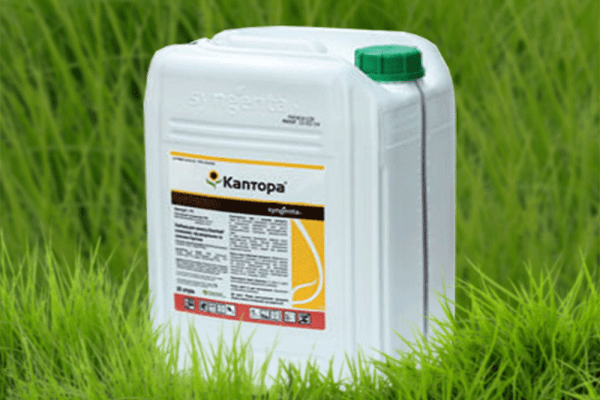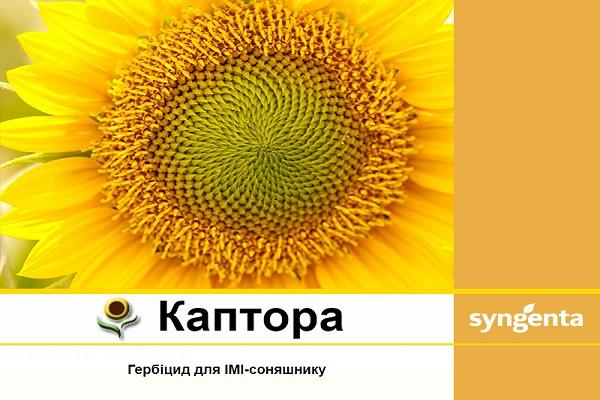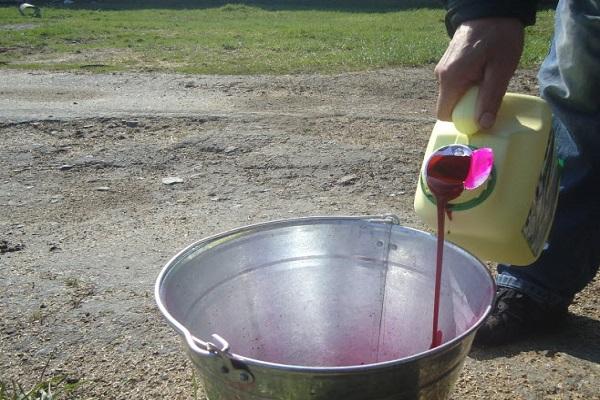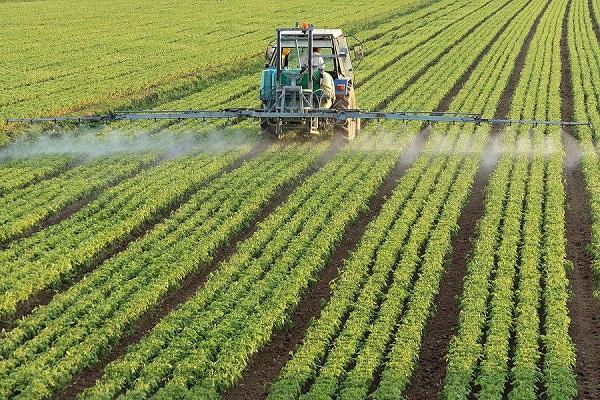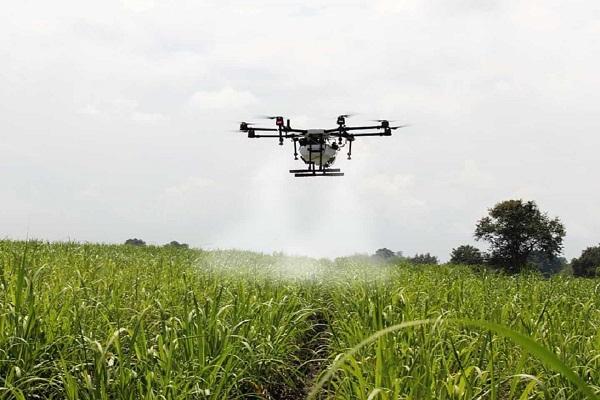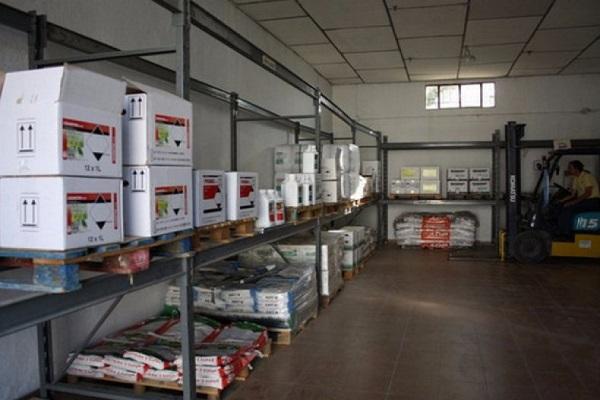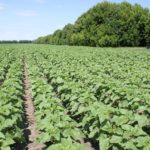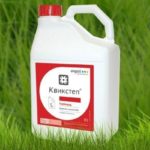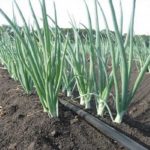Growing sunflowers without the use of herbicides has become almost impossible today, since it is impossible to get rid of weeds mechanically. Herbicide "Captora" is an excellent means for protecting plantings and, as stated in the instructions, helps cope with a wide range of monocotyledonous and dicotyledonous weeds.
- Composition and release form of the herbicide
- Advantages and disadvantages
- Spectrum and mechanism of action
- Calculation of consumption for different plants
- Preparation of working solution
- Instructions for use
- Safety regulations
- Toxicity of the product
- Compatibility
- Storage conditions and periods
- Similar drugs
Composition and release form of the herbicide
The substance belongs to two-component broad-spectrum herbicides that are used after germination of cultivated plants. It effectively resists various vegetation due to improved technological characteristics and a more concentrated structure. The drug consists of 2 main components:
- imazamox - 16.5 g per 1 g/l;
- imazapyr - 7.5 g/l.
They belong to the class of imidazolinones, which can provide complete control over weeds growing in the treated area.
Herbicide "Kaptora" is available in the form of a water-soluble concentrate in ten-liter and five-liter canisters.
Advantages and disadvantages
The herbicide has distinctive features, with the help of which it has proven itself worthy among consumers and occupies a leading position in the ranking of similar drugs:
- rapid penetration into the vegetative organs of weeds and instant action;
- guaranteed protection against the appearance of new representatives and parasites throughout the entire growing season of the cultivated plant;
- the ability to use from 2 to 8 true leaves during the phase;
- ease of use.
The drug has virtually no disadvantages, in addition to a large number of restrictions on use.
Spectrum and mechanism of action
Imazamox is a systemic pesticide aimed at controlling grain and broadleaf weeds in cultivated crops. The substance penetrates the roots and leaves, enters the conducting system and spreads throughout the phloem and xylem of the plant, accumulating in the meristem. The component acts as an inhibitor of the synthesis of such an important enzyme as acetolactate synthase.
Due to a decrease in the level of this organic substance, the number of amino acids decreases, and the synthesis of proteins and nucleic acids is suspended.
The plant stops growing just 5-6 hours after treatment, after which the destruction of the main tissues begins and the wilting process begins.
Imazapyr is a contact herbicide. The mechanism of action is to disrupt the synthesis of isoleucine and valine - essential nucleic acids. The component partially penetrates into the plant tissue, but the main part remains on the surface and prevents cell division and further growth.
The spectrum of action of the herbicide extends to cereal monocotyledons and many dicotyledonous plants.
It is noteworthy that the product is one of the most effective in the fight against broomrape, a parasitic plant that causes significant damage to sunflower crops.
Calculation of consumption for different plants
The consumption rate of herbicide per 1 hectare of sunflower fields is 1-1.2 liters.
Preparation of working solution
The solution is prepared on the same day on which the treatment is planned. To do this, fill the tank halfway with water, add the required amount of fungicide, mix thoroughly, add water so that the container is filled to the brim. The rate of working fluid in case of a large amount of weeds should be at least 250 liters per 1 ha.
Instructions for use
It is better to carry out processing in the evening or morning on a windless, dry, cloudy day.
For the best effect of the herbicide, the air temperature should vary from 14 to 25 degrees.
It is worth refraining from processing if the cultivated plant is under stress, due to drought, high humidity or a sharp change in temperature.
Safety regulations
It is prohibited to use the product near bodies of water.It is necessary to warn the owners of neighboring plots in advance about the place and time of treatments. It is necessary to protect the skin and mucous membranes from contact and negative effects of the substance using protective clothing. In case of acute poisoning, consult a doctor.
Further use of sunflower green mass as livestock feed should be considered by the relevant authorities.
Toxicity of the product
The drug belongs to hazard class 2 and can cause serious poisoning. It has a negative effect on the life of fish and insects in the first days after use.
Compatibility
Herbicide "Captora" is a highly effective and potent drug, therefore it cannot be combined in tank mixtures with other agents whose action is aimed at controlling weeds, as well as complex and mineral fertilizers.
Storage conditions and periods
The drug should be stored in a dry, dark room, where the temperature ranges from -10 to +40 degrees in a closed package for no more than 3 years.
Similar drugs
Analogs of the herbicide "Captor" - "Euro-Lighting", "Impreza", "Impex Duo".

